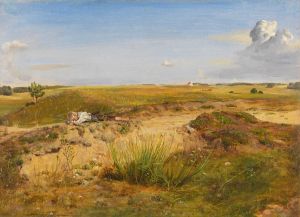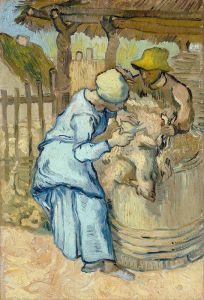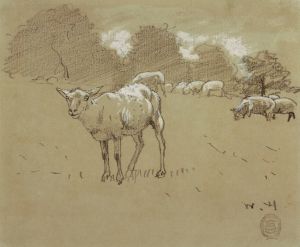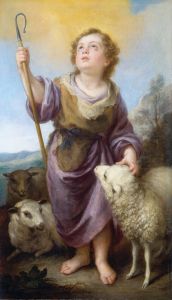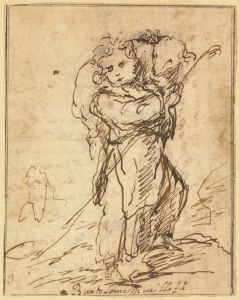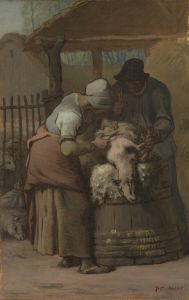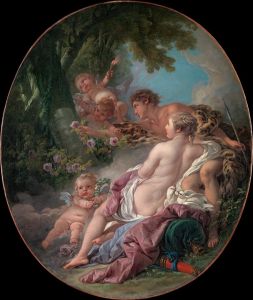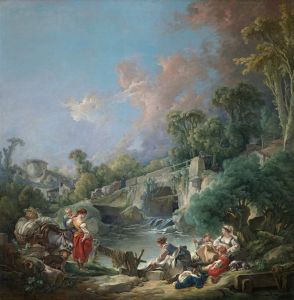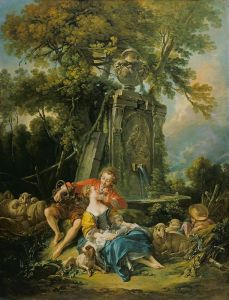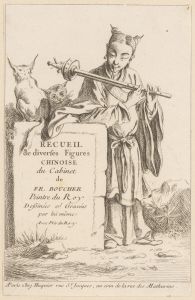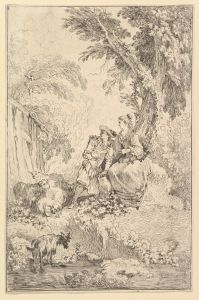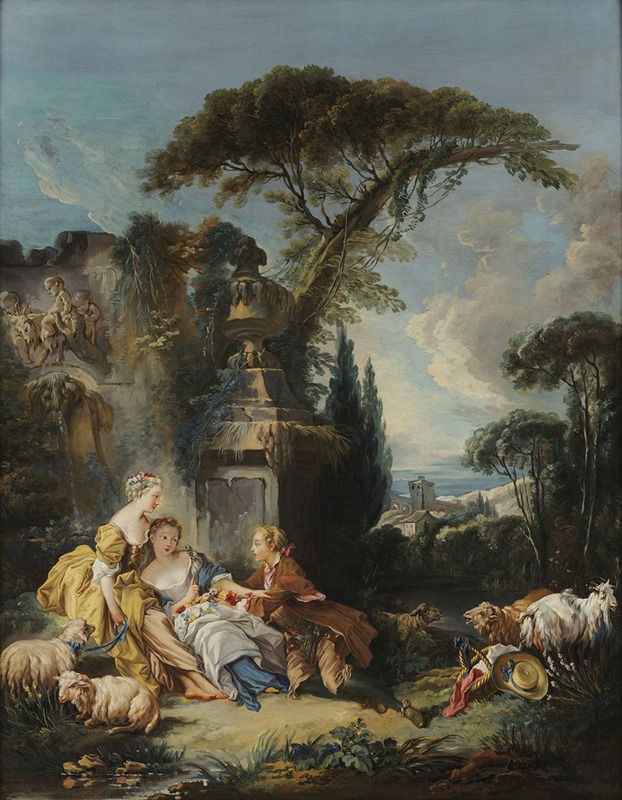
Pastoral scene
A hand-painted replica of François Boucher’s masterpiece Pastoral scene, meticulously crafted by professional artists to capture the true essence of the original. Each piece is created with museum-quality canvas and rare mineral pigments, carefully painted by experienced artists with delicate brushstrokes and rich, layered colors to perfectly recreate the texture of the original artwork. Unlike machine-printed reproductions, this hand-painted version brings the painting to life, infused with the artist’s emotions and skill in every stroke. Whether for personal collection or home decoration, it instantly elevates the artistic atmosphere of any space.
François Boucher was a prominent French painter of the Rococo style, known for his idyllic and voluptuous paintings of classical themes, decorative allegories, and pastoral scenes. Born in 1703, Boucher became one of the most celebrated artists of the 18th century, serving as the court painter to Louis XV and a favorite of Madame de Pompadour, the king's mistress. His work is characterized by its playful and light-hearted nature, often depicting scenes of love and leisure with a soft color palette and delicate brushwork.
One of Boucher's notable contributions to art is his series of pastoral scenes, which capture the romanticized vision of rural life that was popular among the aristocracy of his time. These paintings often feature shepherds and shepherdesses in idyllic landscapes, surrounded by lush foliage and playful animals. Boucher's pastoral scenes are not intended to be realistic depictions of rural life but rather idealized visions that evoke a sense of tranquility and harmony with nature.
In Boucher's pastoral works, the figures are typically dressed in elegant, albeit anachronistic, costumes that reflect the Rococo taste for opulence and refinement. The compositions are carefully arranged to create a sense of balance and harmony, with a focus on the interaction between the figures and their natural surroundings. Boucher's use of soft, pastel colors and fluid, graceful lines enhances the dreamlike quality of these scenes, inviting viewers to escape into a world of beauty and pleasure.
Boucher's pastoral scenes were highly sought after by collectors and patrons of the arts, who appreciated their decorative appeal and the sense of escapism they provided. These works were often used to adorn the walls of private residences and palaces, serving as a testament to the owner's taste and sophistication. Boucher's ability to capture the essence of the Rococo aesthetic in his pastoral scenes solidified his reputation as one of the leading artists of his time.
Despite their popularity, Boucher's pastoral scenes, like much of his work, faced criticism from some quarters for their perceived frivolity and lack of serious subject matter. Critics argued that Boucher's art was overly decorative and lacked the moral and intellectual depth of earlier artistic movements. However, supporters of Boucher's work praised his technical skill and ability to capture the spirit of his age, celebrating the joy and beauty that his paintings conveyed.
Today, François Boucher's pastoral scenes continue to be admired for their artistic merit and historical significance. They offer a glimpse into the tastes and values of 18th-century French society and serve as a reminder of the enduring appeal of the Rococo style. Boucher's work remains an important part of art history, celebrated for its contribution to the development of European painting and its influence on subsequent generations of artists.





